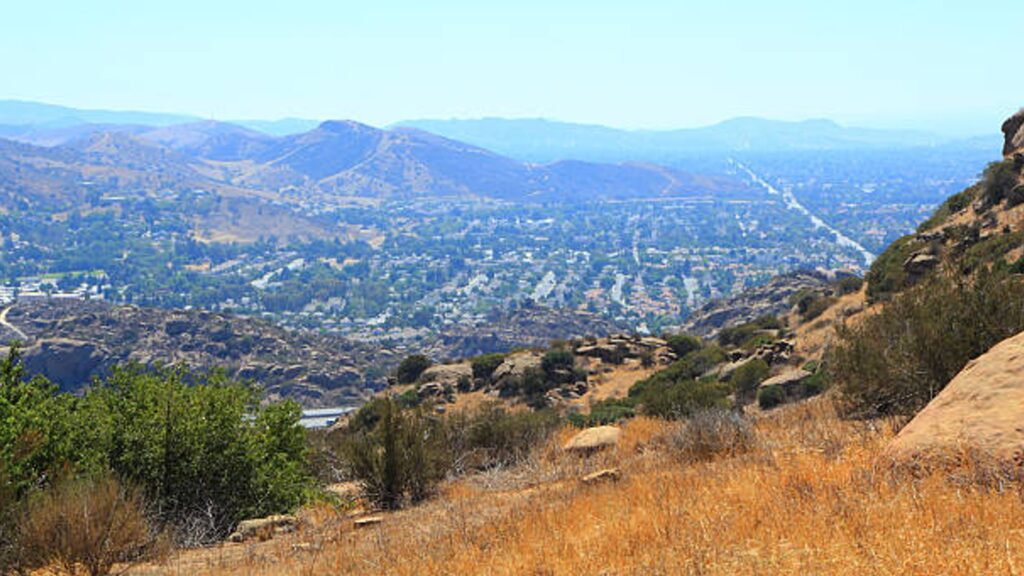
(CLAIR) – More than few residents in Simi Valley are asking about Valley Fever.
Questions on social media mention a local woman who spent five days in the hospital recovering from fungal pneumonia caused by the disease.
Valley fever is an infection that can cause symptoms such as fever, cough and tiredness.
Four cases of Valley Fever have been reported in Simi so far.
The disease occurs after breathing fungal spores that have become airborne when dust and dirt is disturbed. There was an uptick in cases during the Simi building boom of the early 1970’s. Simi also saw a surge following the 1994 Northridge earthquake.
With the current water restrictions, one can’t help but notice the dried out land around town. There is also a major increase in construction.
Two fungi species cause valley fever. These fungi are commonly found in soil in regions throughout Southern California. The fungi’s spores can be stirred into the air by anything that disrupts the soil, such as farming, construction or wind.
When people breathe the fungi into their lungs, the fungi attach to the walls of the lungs, replicate and can cause valley fever.
Mild cases of valley fever usually resolve on their own. In more-severe cases, doctors treat the infection with antifungal medications. Valley fever is most common in the southern areas of California, Arizona, New Mexico and Texas. However, the fungus that causes valley fever has been found in other parts of the world, including Central and South America, Africa and Asia.
As more people travel to and from these areas, the risk of valley fever outbreaks increases. People who live or work in areas where valley fever is common may be at increased risk of exposure to the fungus. However, almost anyone can develop valley fever if they breathe in enough spores.
People with weakened immune systems or certain chronic medical conditions are more likely to develop severe cases of valley fever. There is no vaccine or prevention method currently available for valley fever.
The best way to prevent valley fever is to avoid exposure to areas where the fungus that causes the disease is present. If you must go to an area where valley fever is common, take steps to avoid inhaling dust and dirt particles.
You should also see your doctor if you develop any signs or symptoms of valley fever. Early diagnosis and treatment can help to improve your outcome and prevent serious complications.













